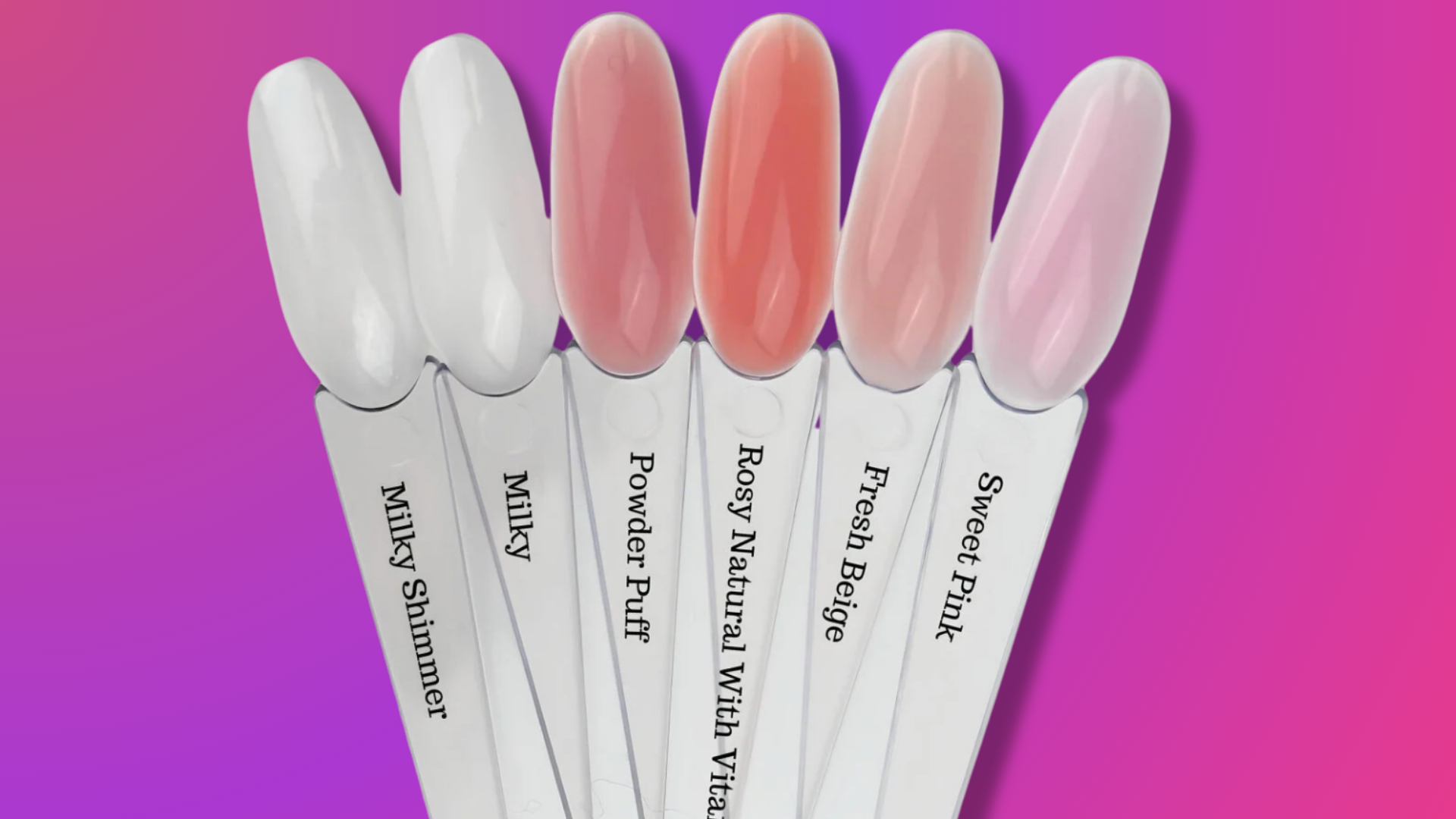When it comes to nail enhancements, having the right base coat is crucial for ensuring longevity, durability, and overall nail health. Fiber base has gained popularity among nail professionals and enthusiasts alike due to its unique strengthening properties. But what exactly makes fiber base stand out from other base coats, and how can you use it effectively in your nail routine? Let’s explore everything you need to know.
What is Fiber Base?
Fiber base is a specialized nail base coat infused with synthetic fiberglass particles. These fibers create a reinforcing structure that helps strengthen natural nails, making them more resilient against breakage and splitting. Unlike traditional base coats, fiber bases provide extra support, making them ideal for weak, brittle, or thin nails.
Key Benefits of Fiber Base
- Stronger Nails: The fiberglass particles create a durable foundation, reducing nail breakage and promoting healthy growth.
- Self-Leveling Formula: Many fiber bases have a smooth, self-leveling consistency that ensures an even application.
- Flexible Yet Strong: Unlike some rigid bases, fiber base provides strength while maintaining flexibility, reducing the risk of cracks.
- Ideal for Natural Nails & Extensions: Fiber base can be used alone to reinforce natural nails or as a foundation for gel polish and extensions.
- Long-Lasting Wear: Due to its strengthening properties, fiber base enhances the longevity of gel polish, making manicures last longer.
How to Apply Fiber Base Correctly
Using fiber base requires a few essential steps to achieve the best results:
- Prep the Nails: Ensure the nails are clean, dry, and free from oils. Gently buff the nail surface and push back the cuticles.
- Apply a Thin Layer: Start with a very thin layer of fiber base, making sure to cap the free edge for added durability.
- Cure Under UV/LED Lamp: Most fiber bases require curing under a UV or LED lamp for 30-60 seconds, depending on the formula.
- Build If Necessary: For extra strength, apply a second thin layer and cure again.
- Proceed with Gel Polish or Top Coat: Once the fiber base is set, you can proceed with your preferred gel polish or top coat.
Fiber Base vs. Other Base Coats
| Feature | Fiber Base | Rubber Base | Regular Gel Base |
|---|---|---|---|
| Strength | High | Medium | Low |
| Flexibility | Medium | High | Low |
| Best for Weak Nails | Yes | Yes | No |
| Self-Leveling | Yes | Yes | Sometimes |
| Ideal for Extensions | Yes | No | No |
While fiber base offers a superior strengthening effect, rubber base remains the go-to for high flexibility. Regular gel bases work well for simple manicures but may lack the reinforcement needed for weak nails.
Common Mistakes & How to Avoid Them
- Applying Too Much Product: A thick layer can lead to uneven curing and peeling. Keep layers thin and build as needed.
- Skipping Nail Prep: Without proper nail preparation, even the best base won’t adhere properly, leading to lifting.
- Over-Curing or Under-Curing: Follow the recommended curing time to avoid brittle or soft results.
- Not Capping the Free Edge: This small step makes a significant difference in durability and prevents premature chipping.
Final Thoughts
Fiber base is a game-changer for those looking to strengthen their natural nails while achieving long-lasting manicures. Whether you struggle with weak nails or simply want a more durable base, this innovative formula can elevate your nail routine.
If you're looking to try fiber base for yourself, check out our curated selection of high-quality fiber base coats in our shop. Your nails deserve the best care, and fiber base is here to help!

